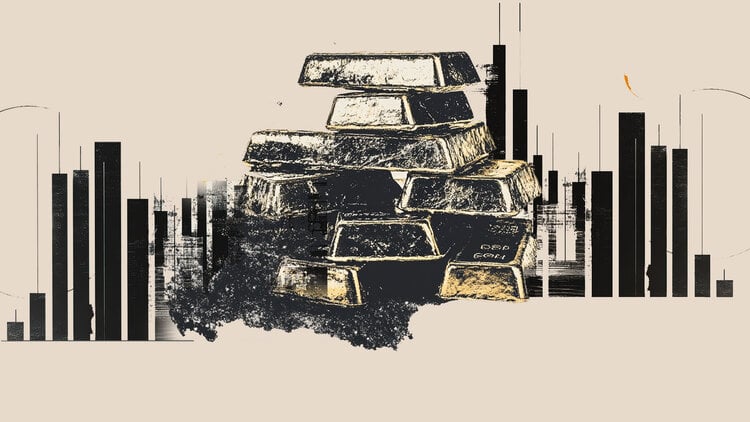- The Japanese Yen rallied in reaction to a stronger Tokyo CPI that raised expectations of a BoJ rate hike.
- USD weakens near two-week low and contributes to the decline of USD/JPY.
- The technical setup supports prospects for a further decline in the major currency pair.
The Japanese Yen (JPY) strengthens across the board following the release of strong November consumer inflation figures in Japan’s capital Tokyo, supporting the case for another Bank of Japan (BoJ) rate hike. in December. In addition to this, geopolitical risks arising from the war between Russia and Ukraine, concerns over US President-elect Donald Trump’s tariff plans, and a slight deterioration in global risk sentiment are driving safe haven flows into the JPY.
Meanwhile, the recent drop in US Treasury yields, which followed the nomination of Scott Bessent as US Treasury Secretary, turns out to be another factor benefiting the lower-yielding JPY. The US Dollar (USD), on the other hand, weakens near a two-week low amid expectations that the Federal Reserve (Fed) will cut rates in December and contributes to the fall of the USD/JPY pair below from the psychological level of 150.00, or the lowest level since October 21.
Japanese Yen Strengthens on BoJ December Rate Hike Speculation
- Japan’s Statistics Bureau reported on Friday that the Tokyo Consumer Price Index (CPI) rose 2.6% year-on-year in November compared to 1.8% the previous month.
- Meanwhile, the core CPI, which excludes volatile fresh items, rose 2.2% year-on-year and a gauge that excludes both energy and fresh food costs also rose 2.2% during the reported month.
- A separate report showed Japan’s unemployment rate rose as expected, to 2.5% in October and retail sales grew 1.6% year-on-year compared with 0.5% in September and 2.2% expected.
- Additionally, Japan’s industrial production posted strong growth of 3% in October compared to 1.6% the previous month, although the reading was lower than the 3.9% increase anticipated.
- However, stronger inflation figures continue to fuel speculation that the Bank of Japan (BoJ) will raise interest rates again at its next monetary policy meeting in December.
- Additionally, concerns that US President-elect Donald Trump’s trade tariffs will hurt the global economy and the protracted war between Russia and Ukraine are weighing on market sentiment.
- US bond investors cheered the nomination of Scott Bessent, who is seen as a fiscal conservative and will likely want to keep US deficits under control, as US Treasury secretary.
- This keeps the US 10-year Treasury yields and the US dollar depressed near a two-week low, which is seen as putting additional pressure on the USD/JPY pair.
USD/JPY looks vulnerable; break below 38.2% Fibo. and the 150.00 level in play
From a technical perspective, an intraday break below the 38.2% Fibonacci retracement level of the September-November rally and the 150.00 level could be considered a key trigger for bearish traders. Furthermore, the oscillators on the daily chart have been gaining negative traction and are still far from being in the oversold zone. This, in turn, supports the prospects of a fresh short-term bearish move for the USD/JPY pair, towards the next relevant support near the 149.45 region. The downward trajectory could extend further towards the neighborhood of 148.00, or the 50% retracement level.
On the other hand, the previous monthly low, around the 150.45 area, now appears to act as an immediate hurdle ahead of the 152.00 level. The latter coincides with the support breakout point of the very important 200-day SMA and should act as a key fundamental point. Sustained strength beyond could trigger a short covering rally towards the intermediate hurdle of 152.65-152.70 en route to the round figure of 153.00 and the congestion zone of 153.30-153.35.
The Japanese Yen FAQs
The Japanese Yen (JPY) is one of the most traded currencies in the world. Its value is determined broadly by the performance of the Japanese economy, but more specifically by the policy of the Bank of Japan, the differential between the yields of Japanese and US bonds or the risk sentiment among traders, among other factors.
One of the mandates of the Bank of Japan is currency control, so its movements are key for the Yen. The BoJ has intervened directly in currency markets on occasion, usually to lower the value of the Yen, although it often refrains from doing so due to the political concerns of its major trading partners. The BoJ’s current ultra-loose monetary policy, based on massive stimulus to the economy, has caused the depreciation of the Yen against its main currency pairs. This process has been exacerbated more recently by a growing policy divergence between the Bank of Japan and other major central banks, which have opted to sharply raise interest rates to combat decades-old levels of inflation.
The Bank of Japan’s ultra-loose monetary policy stance has led to increased policy divergence with other central banks, particularly the US Federal Reserve. This favors the widening of the spread between US and Japanese 10-year bonds, which favors the Dollar against the Yen.
The Japanese Yen is often considered a safe haven investment. This means that in times of market stress, investors are more likely to put their money in the Japanese currency due to its supposed reliability and stability. In turbulent times, the Yen is likely to appreciate against other currencies that are considered riskier to invest in.
Source: Fx Street
I am Joshua Winder, a senior-level journalist and editor at World Stock Market. I specialize in covering news related to the stock market and economic trends. With more than 8 years of experience in this field, I have become an expert in financial reporting.








